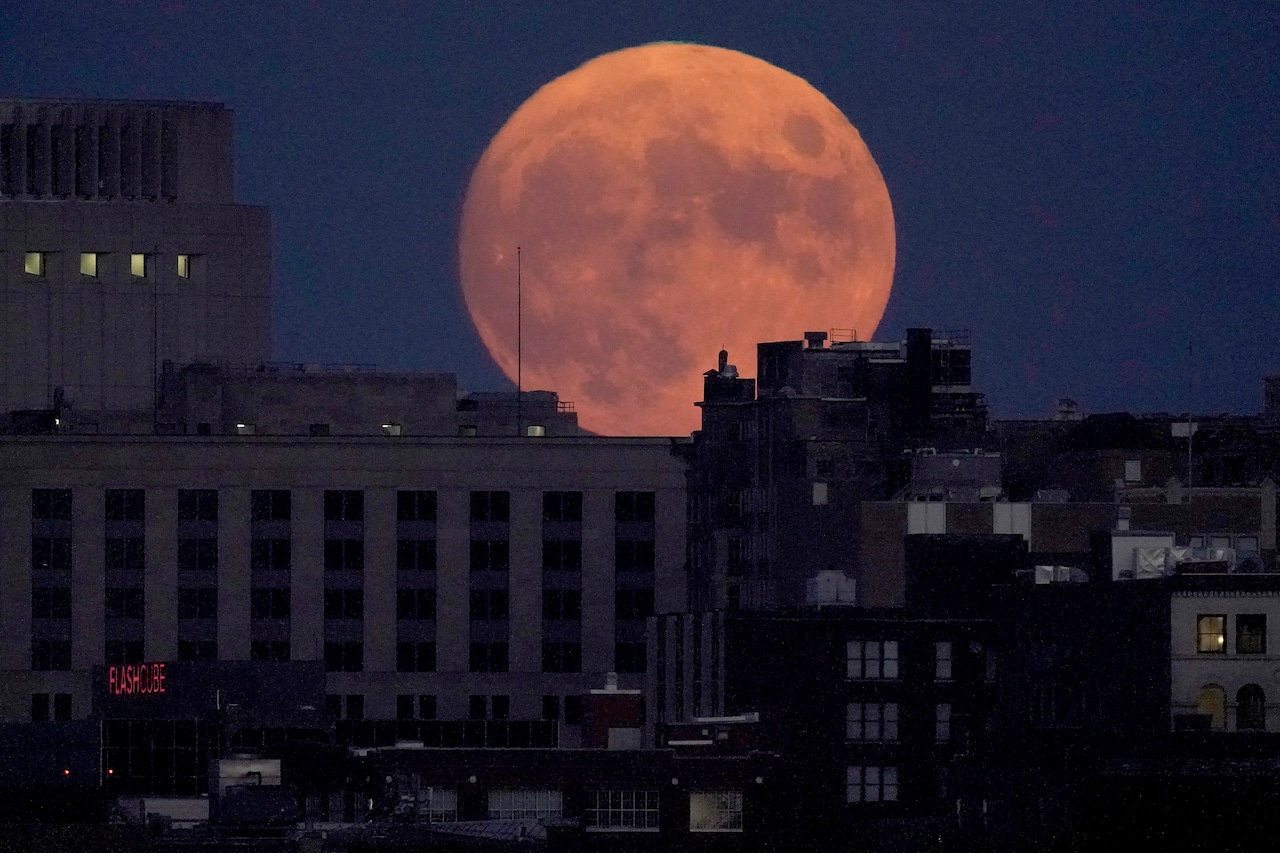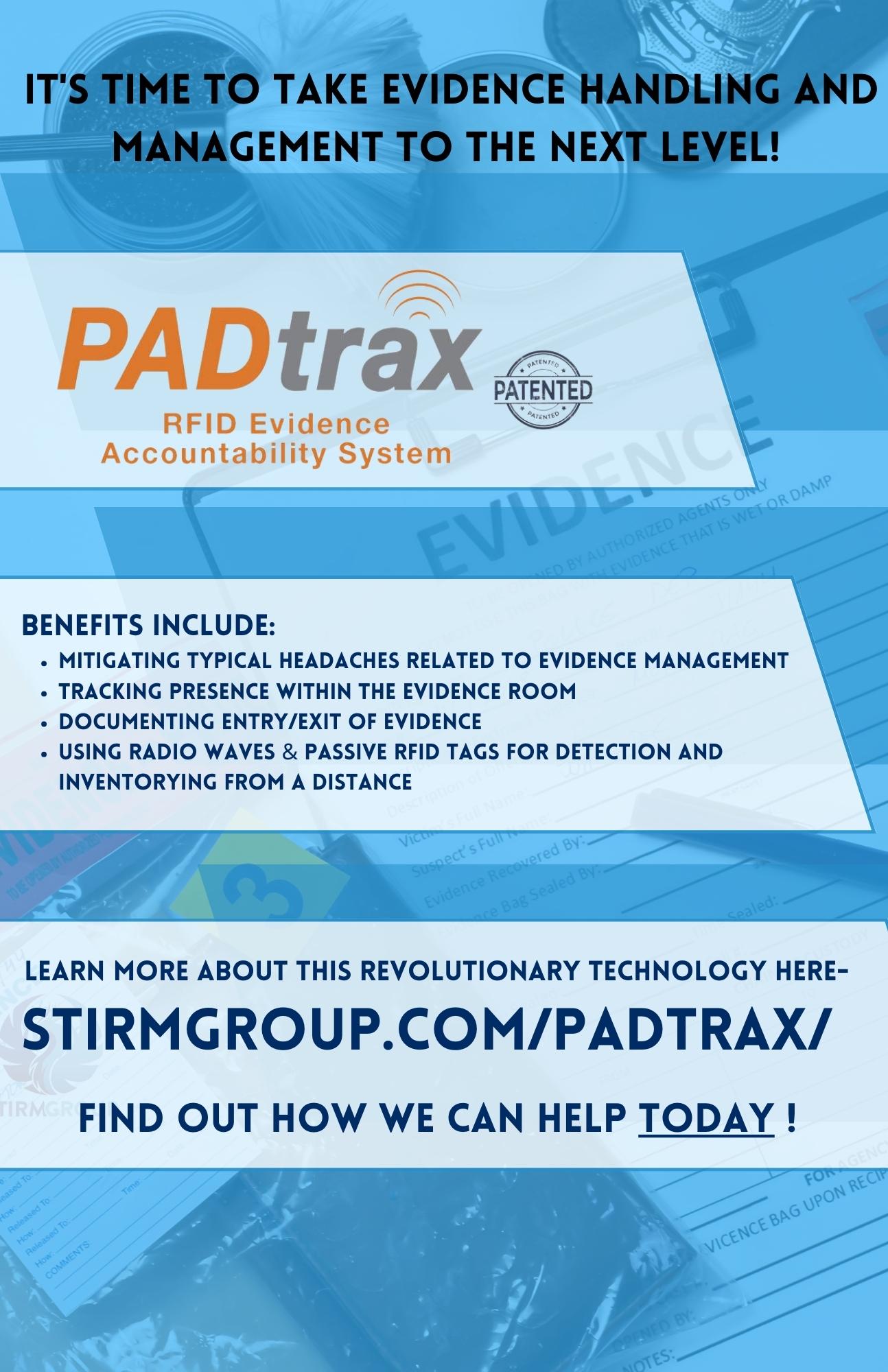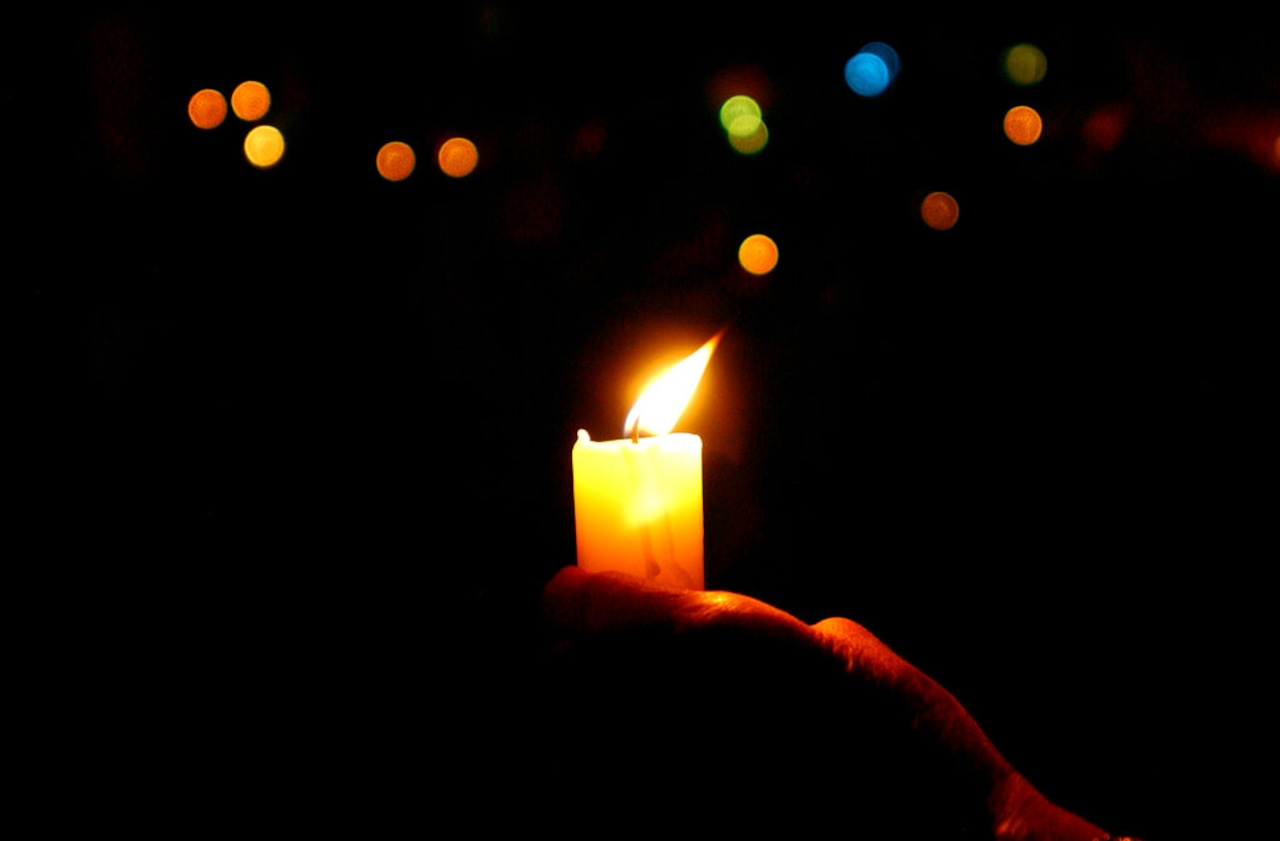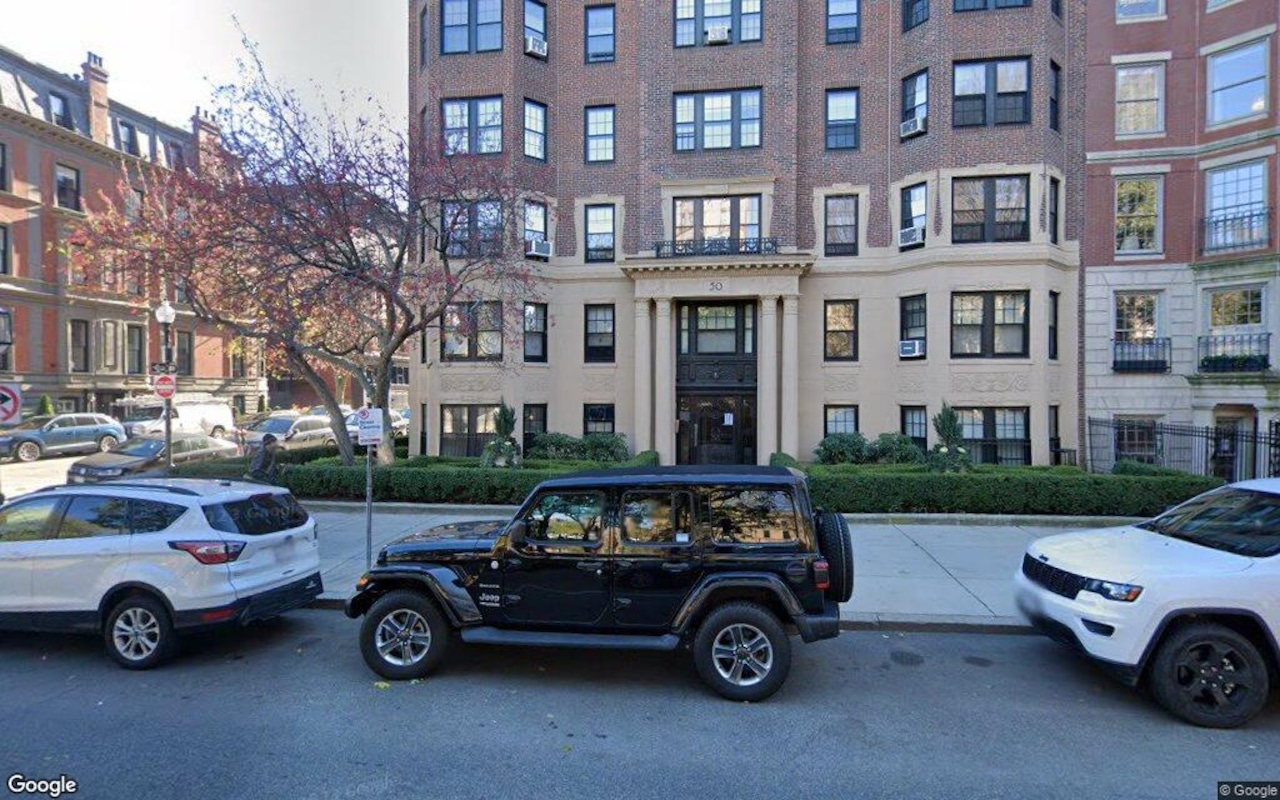
Ahead of the autumn equinox, expect to see the Harvest Moon look exceptionally bright and big in the night sky.
This year’s Harvest Moon is expected to emerge on Sept. 17, peaking at around 10:34 p.m., according to the Farmer’s Almanac. Part of its fame is based on being the first full moon of the fall season.
As well as preceding the autumn equinox on Sept. 22, the Harvest Moon is one of four supermoons during the last half of 2024. The last supermoon, the Sturgeon Moon, glowed across the night sky on Aug. 19.
Two more are expected to appear on Oct. 17 and Nov. 15, according to EarthSky.
The Harvest Moon is also unique in that it will be a supermoon, when a full moon happens as the moon reaches its closest point, or perigee, to Earth along its elliptical orbit, according to NASA. Supermoons usually happen between three and four times a year.
When it is a supermoon, Earth’s satellite appears 14% larger and 30% brighter than a micromoon, the Royal Museums Greenwich in London says on its website.
The “Harvest Moon” moniker stems from its significance marking the switch from summer to fall. The Farmer’s Almanac explained how Indigenous groups in North America “recognized this moon for its marking of the seasonal change and time of harvest.”
Among other crops, various Indigenous groups referred to the Harvest Moon with corn in their respective name, the Almanac wrote. The Pueblo people of the Southwest call it “Moon When The Corn Is Taken In,” while the Zuni call it “Corn Is Harvested.” To the Great Lakes, the Algonquin people call it the “Middle Between Harvest And Eating Corn.”
For other parts of the world, from Ancient Rome and Greece to China and other parts of Asia, the Harvest Moon is tied to fruit, the growth of food crops and “the abundance of the harvest at this time,” according to the Almanac.
One thing to consider for seeing the Harvest Moon is cloud cover. While a large, bright full moon should be visible, AccuWeather suggests that parts of the state are likely to be shrouded by clouds. Clouds could make seeing the Harvest Moon in Worcester and Springfield difficult. Boston could see rain but is expected to stay mostly cloudy during the overnight hours.
After the Harvest Moon’s peak, stargazers might want to stick around that night. The moon is expected to move through Earth’s shadow and be a little bit obscured by that shadow.
The next supermoon, the last one of summer, will transition into 2024′s next eclipse, a partial lunar eclipse.






